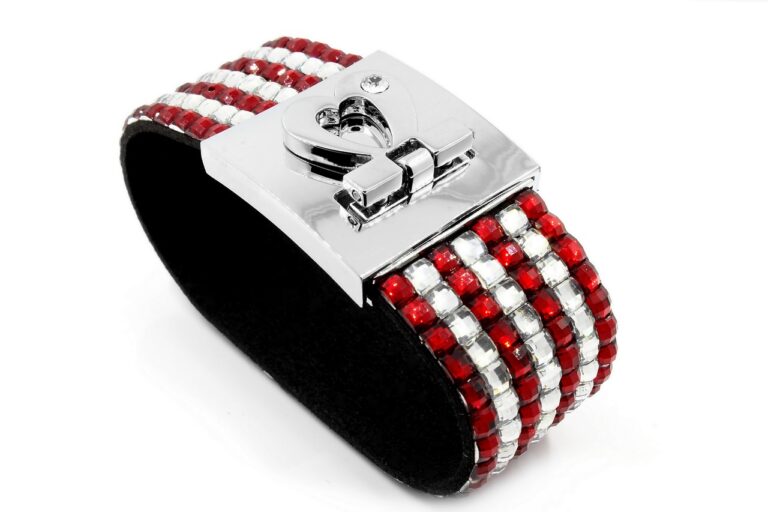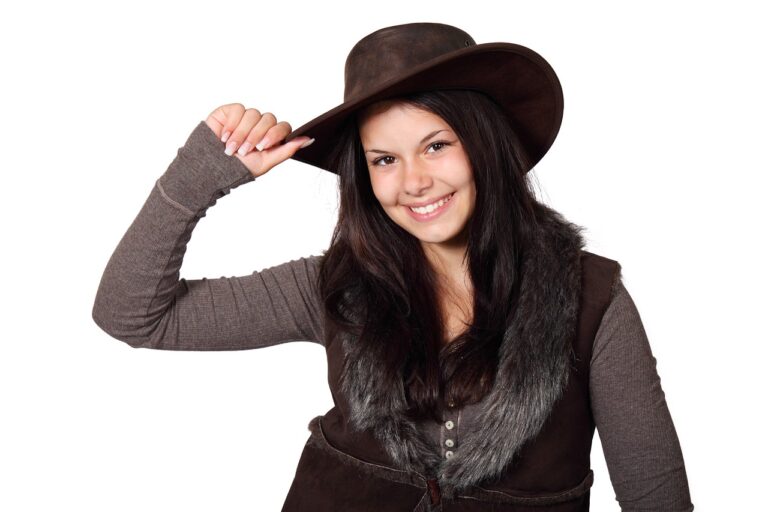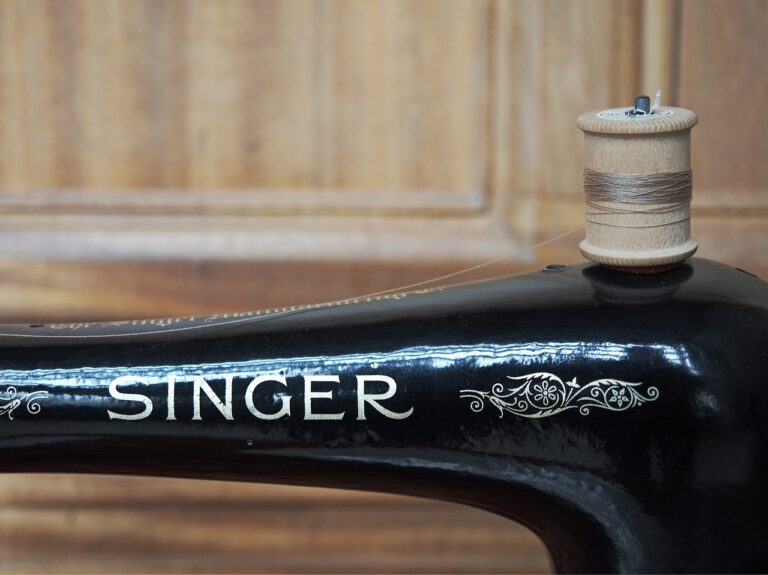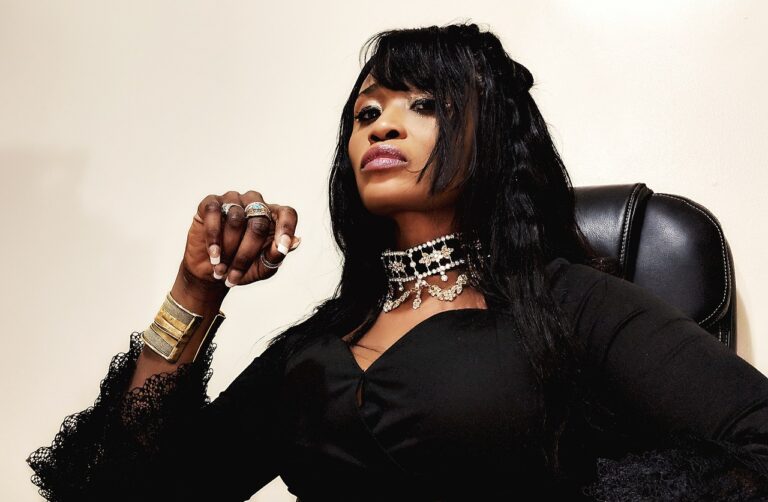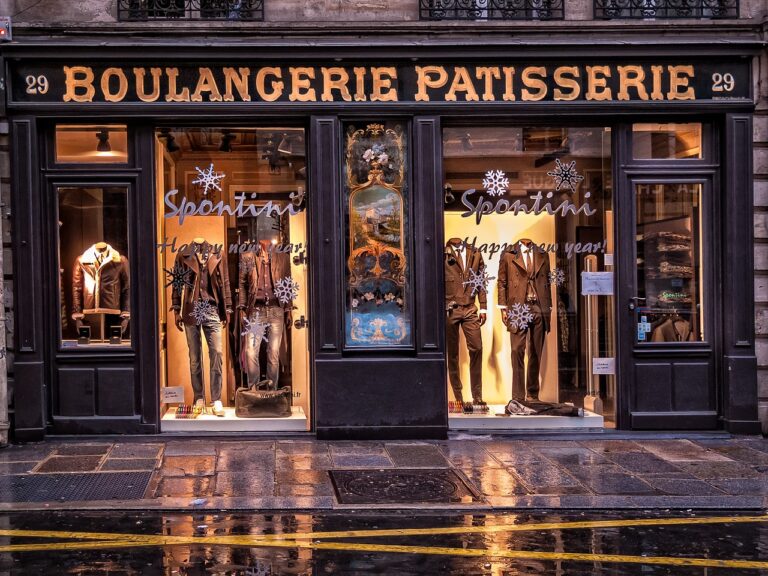Fashion and Social Change: Clothing as a Form of Protest and Expression
Throughout history, clothing has served as a powerful tool for expressing dissent and resistance. From ancient civilizations to modern times, individuals have utilized fashion as a means of making political and social statements. In many instances, the act of dressing has been used to challenge authority, advocate for change, and unite like-minded individuals in a common cause.
In various historical movements, specific garments or accessories have become emblematic of particular protests, serving as visual symbols of resistance. These iconic pieces of clothing not only communicate a message but also help to solidify collective identity and solidarity among participants. The significance of clothing as a form of protest underscores the idea that fashion is not just about aesthetics; it can also be a medium for activism and social change.
The Role of Fashion in Social Movements
Fashion has long been used as a powerful tool in social movements, allowing individuals to express their beliefs and make powerful statements without uttering a word. From suffragettes wearing white dresses to signify purity and virtue to the Black Panthers donning leather jackets and berets as a symbol of strength and unity, clothing has played a pivotal role in shaping the narratives of various movements throughout history.
The significance of fashion in social movements lies in its ability to visually communicate messages, provoke thought, and challenge societal norms. Whether it be through the deliberate choice of colors, patterns, or styles, clothing has the power to convey solidarity, resistance, and empowerment. By utilizing fashion as a form of expression, activists can create a sense of unity and identity within their movements, fostering a sense of community and shared purpose among supporters.
Iconic Protest Outfits Throughout History
Throughout history, clothing has been a powerful tool for individuals and groups to express their dissent and stand up against social injustices. One iconic protest outfit that remains imprinted in the collective memory is Rosa Parks’ refusal to give up her seat on a segregated bus in Montgomery, Alabama in 1955. Parks, dressed in a simple but dignified tailored dress, sparked the Montgomery Bus Boycott and became a symbol of the Civil Rights Movement.
Another significant protest outfit that made a lasting impact was the Black Panthers’ uniform of black leather jackets, berets, and dark sunglasses in the 1960s. This distinct look not only represented unity and empowerment within the Black community but also challenged the status quo and fought against systemic racism. The Black Panthers’ attire became synonymous with their revolutionary spirit and commitment to social change.
• Rosa Parks’ tailored dress during Montgomery Bus Boycott
• Black Panthers’ uniform of black leather jackets, berets, and dark sunglasses in the 1960s
How has clothing been used as a form of protest throughout history?
Clothing has been used as a form of protest to make a statement, challenge societal norms, and draw attention to political or social issues.
What role does fashion play in social movements?
Fashion can be a powerful tool in social movements as it allows individuals to express their beliefs, raise awareness, and create a sense of unity among protestors.
Can you provide examples of iconic protest outfits throughout history?
Some examples of iconic protest outfits include the Black Panthers wearing black leather jackets and berets, suffragettes wearing white clothing and sashes, and activists in the 1960s donning tie-dye shirts and bell-bottoms.
How do protest outfits help to amplify the message of a movement?
Protest outfits can help to visually represent the values and goals of a movement, attract media attention, and create a sense of solidarity among protestors.


